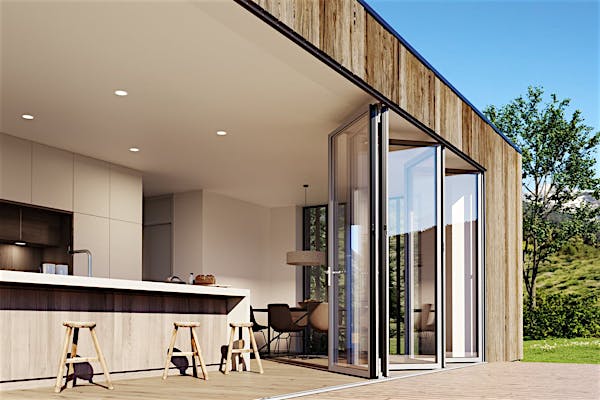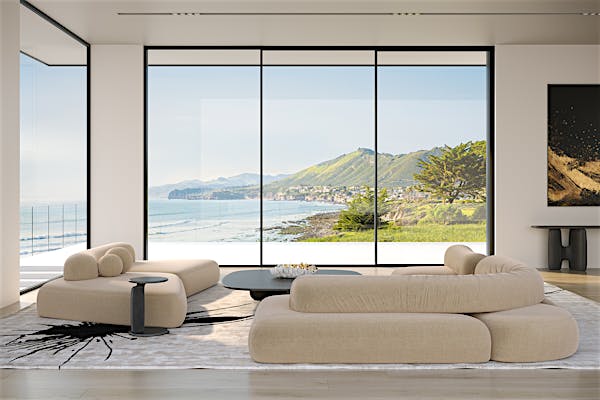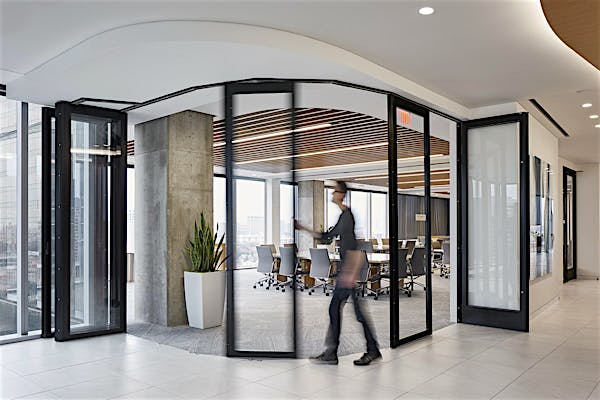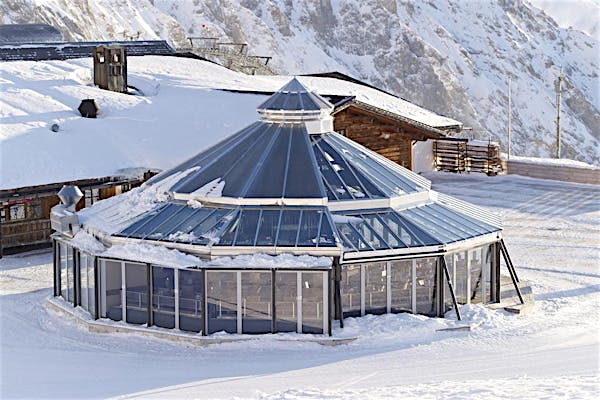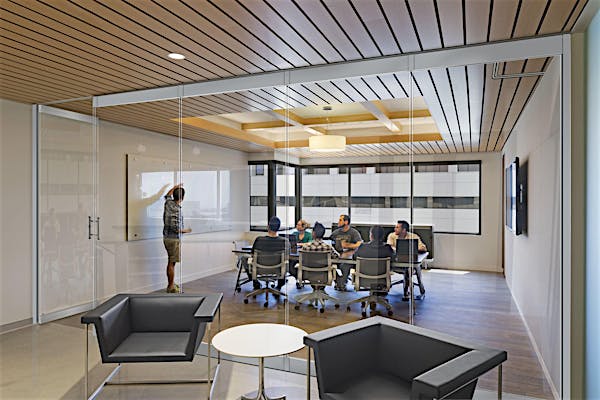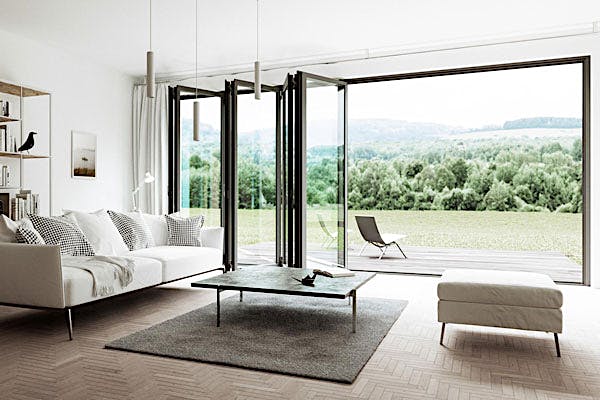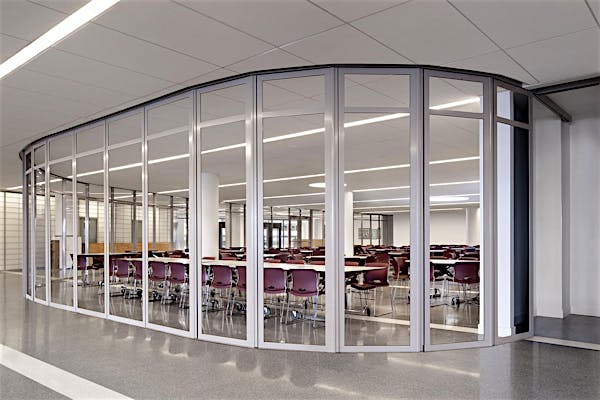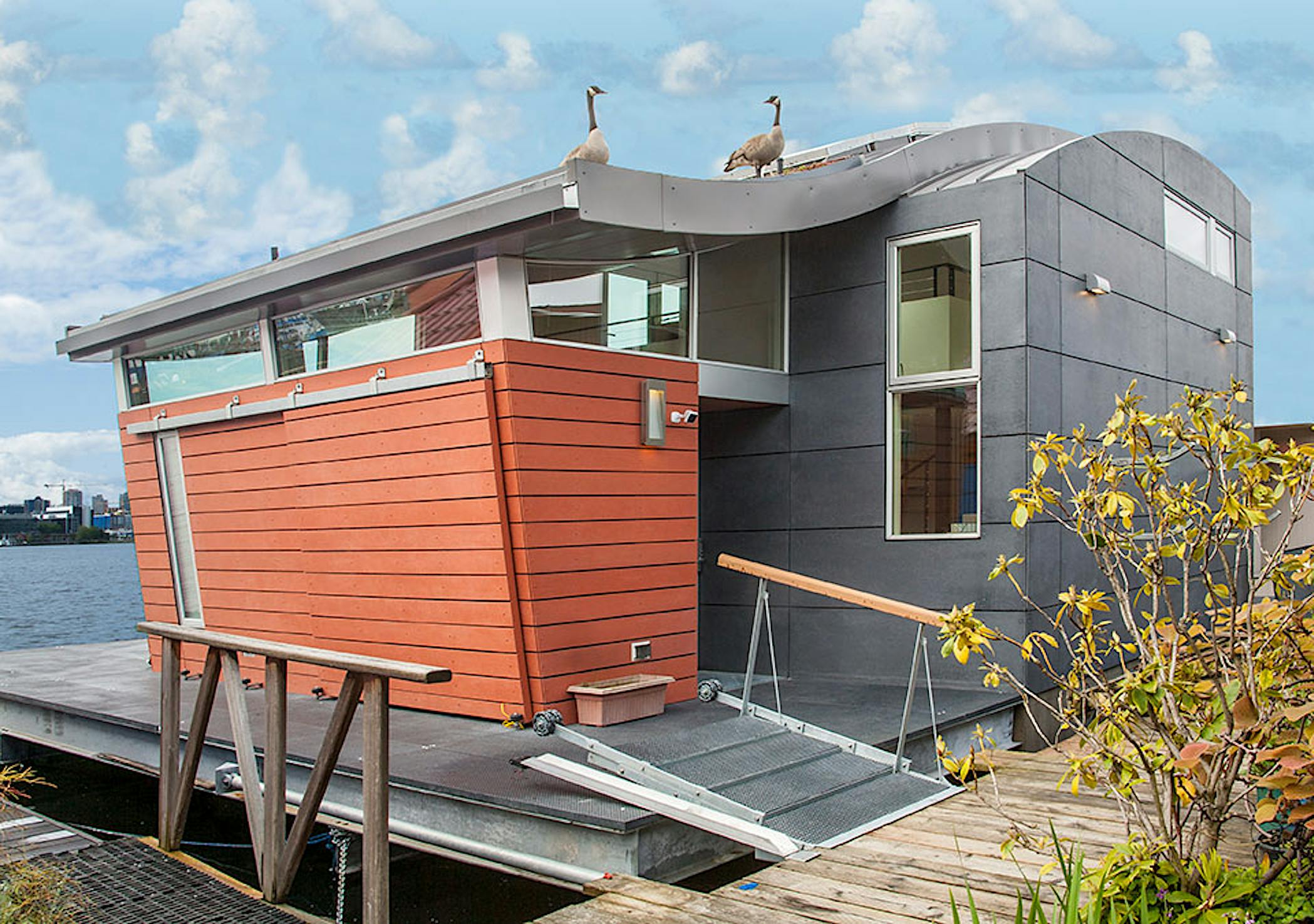
Unbeknownst to many of the residents, the Seattle’s Lake Union is home to what may be one of the most innovative and eco-conscious houseboats in the United States.
Architect Michelle Lanker and her husband Bill Bloxom designed their floating house around one fundamental concept: that newly built structures could improve and enrich the environment. With sustainability driving every decision, the couple collaborated with a team to build a truly sustainable home that rather than taking away from the shoreline habitat, extends it.
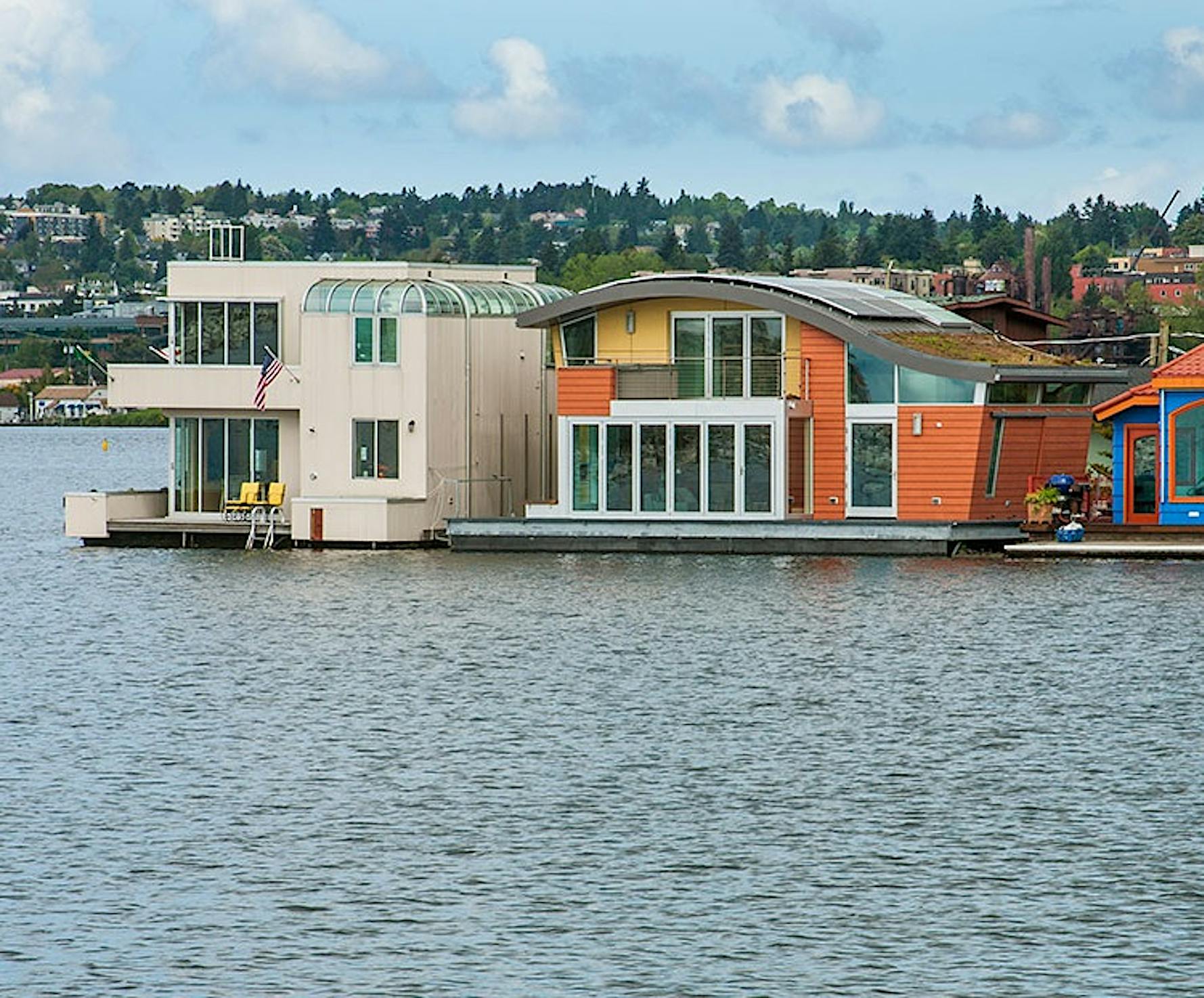
Dubbed Houseboat H, the home has a truly symbiotic relationship with the lake. Far more than a watery reprieve, this stunning little houseboat collects data on the ways in which intentional, ecologically-friendly design can enrich and protect the environment.
The home’s most important feature is the sequence of floating islands suspended below the deck. Floating island technology was designed to improve water quality and create new habitats for aquatic life. The islands are made of upcycled plastic and plants, the roots of which extend into the water below. Beneficial bacteria colonize around the roots and the island’s base to feed on excess nutrients in the water, which discourages suffocating algae growth and creates more fish habitat.
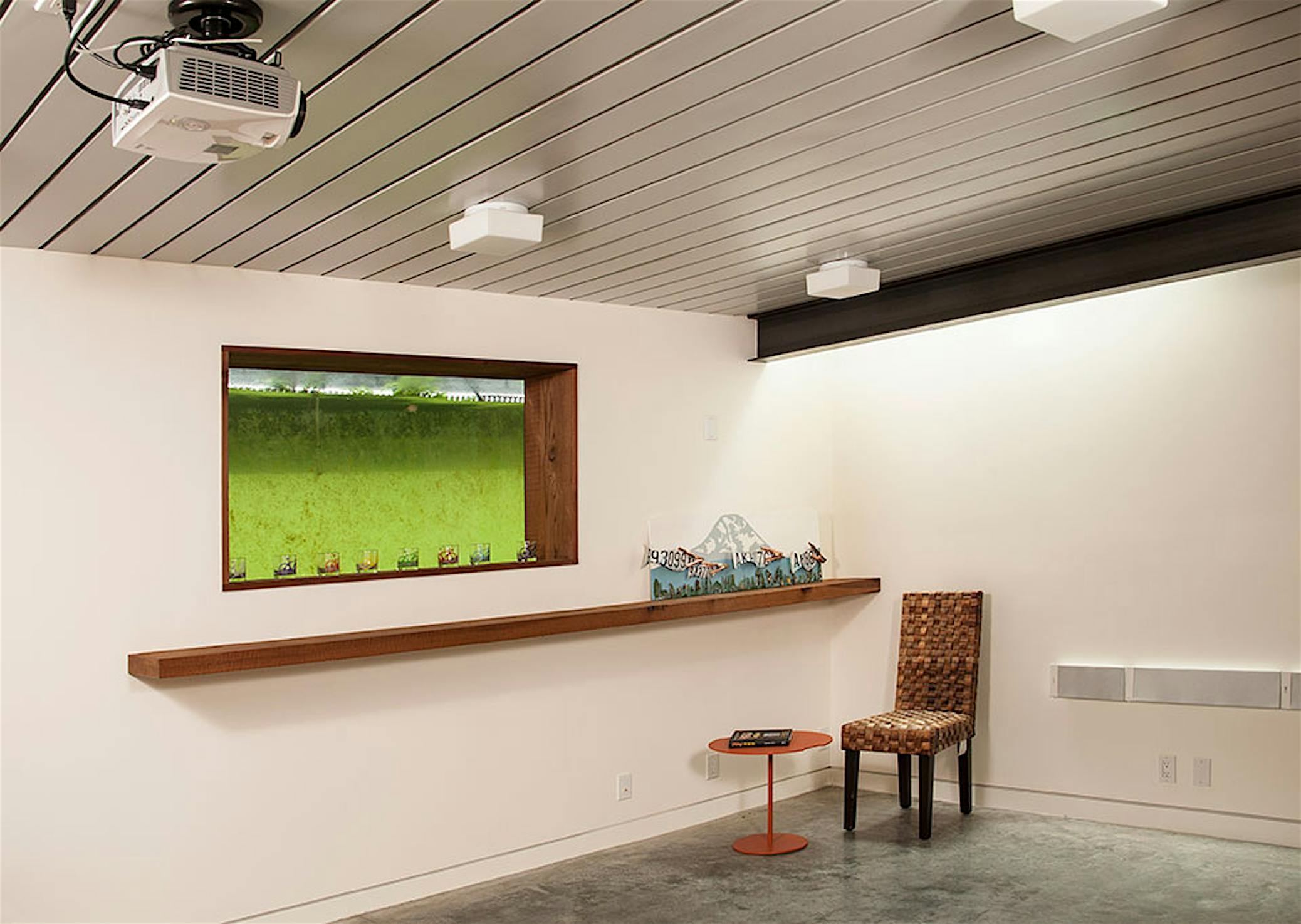
A large window in the basement float of the house allows for observation of the fish inhabiting these islands.
Sustainability reigns supreme throughout the home’s design and construction, and the features are staggering. Two-thirds of the standing seam metal roof is covered by 5.32-kilowatt solar panels. The final third curved portion is a green roof, which provides an added layer of insulation to the interior.
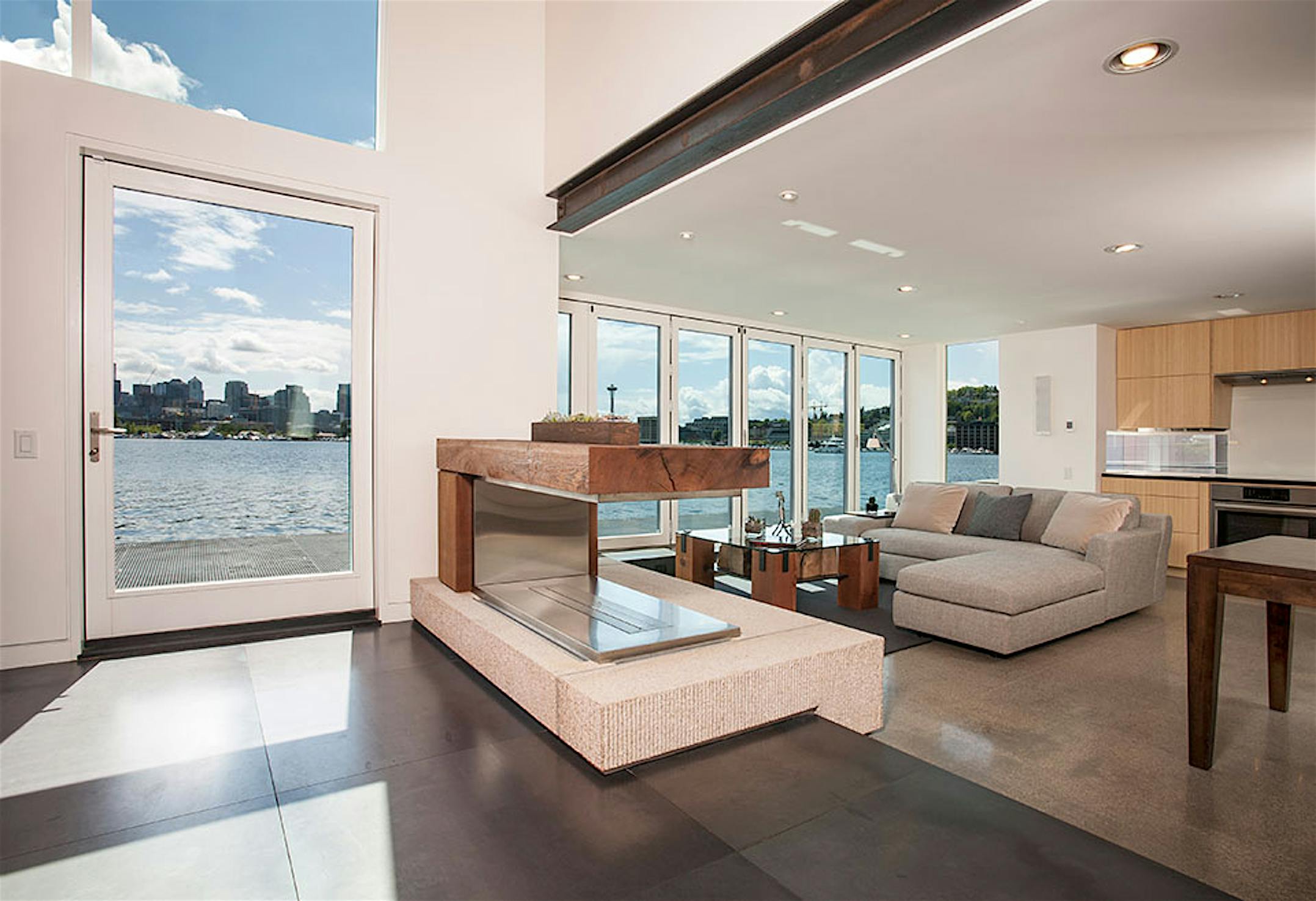
WA67 opening glass NanaWall systems are installed in both the living room and master bedroom to dissolve the barrier between indoors and out, and take full advantage of the houseboat’s spectacular views. The opening glass walls fully retract to allow interaction with the lake, a vital component of houseboat life. When closed, these aluminum-clad, wood-framed systems provide stellar protection and performance in heavy wind and rain environments: preventing heat loss, water penetration and air infiltration - all while flawlessly maintaining their aesthetic.
Each and every one of the materials used in the houseboat’s exterior was chosen for minimum maintenance and maximum durability. Lanker chose to forego the exterior wood-cladding of traditional houseboats in order to avoid their requisite corrosion and weathering. Instead, exterior cement fiber wall paneling was installed as a rain screen to prevent moisture infiltration.
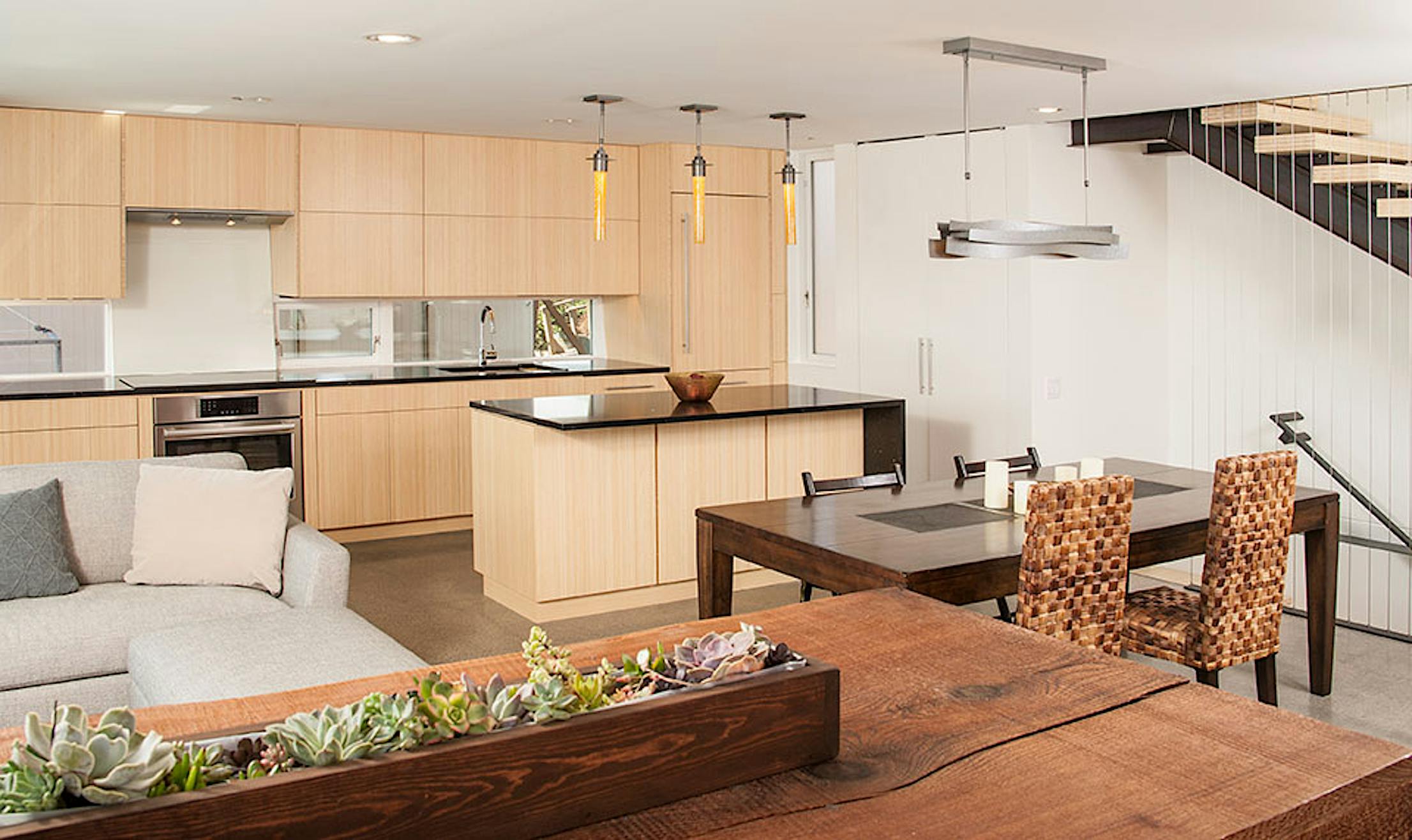
A hydrothermal heating system collects heat from the lake to supply the houseboat’s water heater and heated concrete floors with heat. LED light fixtures, electric systems, and appliances are powered by energy from the solar panels, resulting in an essentially net-zero home.
Renewable methods and materials were also used in the home’s interior design strategy. All of the cabinetry and flooring within the houseboat is either cedar or bamboo. The concrete floors on the main level were chosen not for both their aesthetic appearance and their durability.
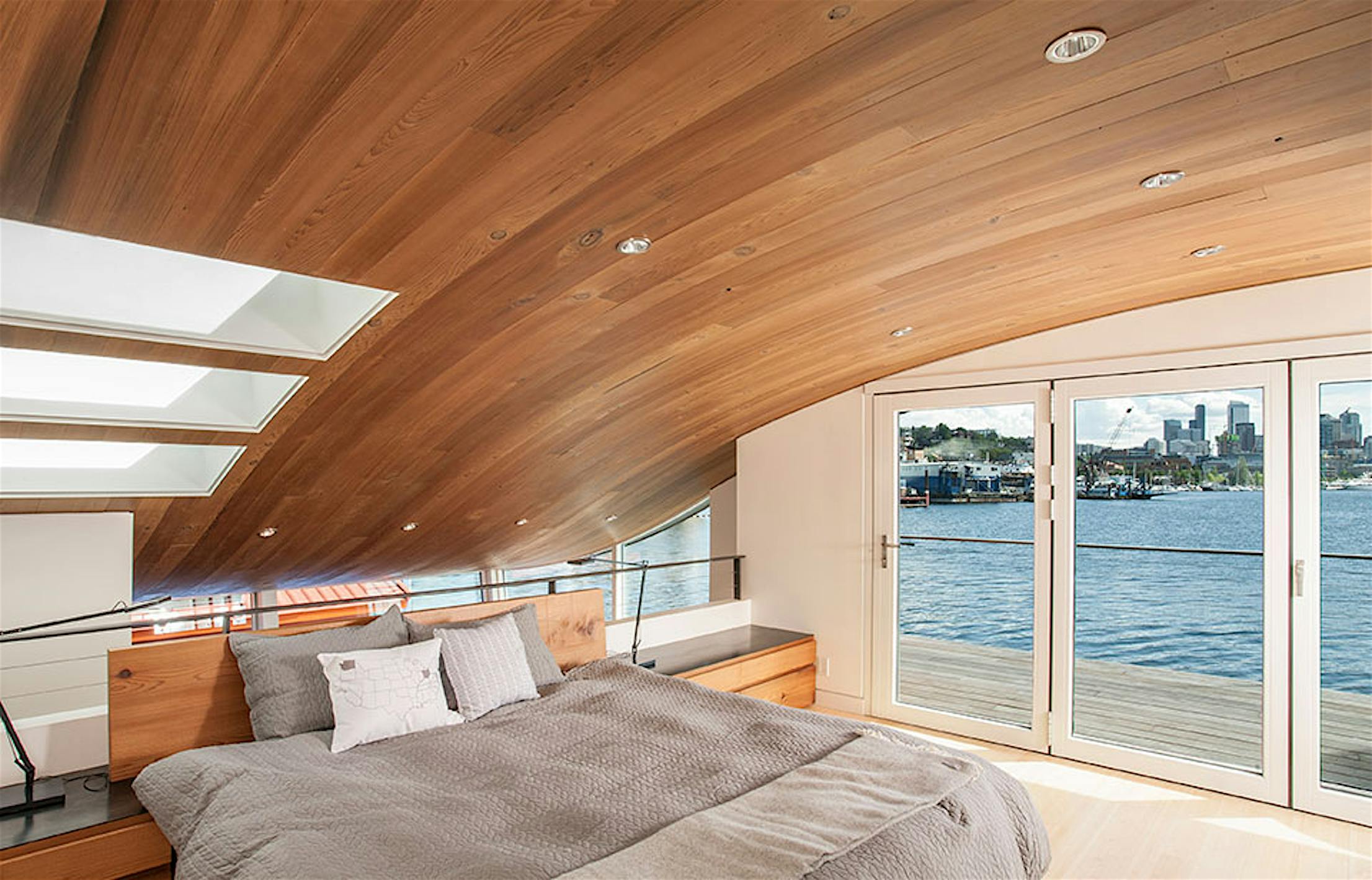
Houseboat culture has always included responsible stewardship of lakes and waterways. In discussing traditional houseboat construction, Michelle Lanker explains, “While passive eco-friendly design was incorporated through deep eaves for shade provided by roofs and single-story spaces with many windows for ventilation, as these [houseboats] have aged and have needed upkeep, many have still not embraced the technological side of environmental design.”
Lanker and her team believe that Houseboat H is the best of both worlds: its design celebrates and respects the lake’s beauty and ecology while incorporating the benefits of cutting-edge technology to live as gently upon it as possible.
Questions about NanaWall systems and sustainable design? Email us at [email protected]
